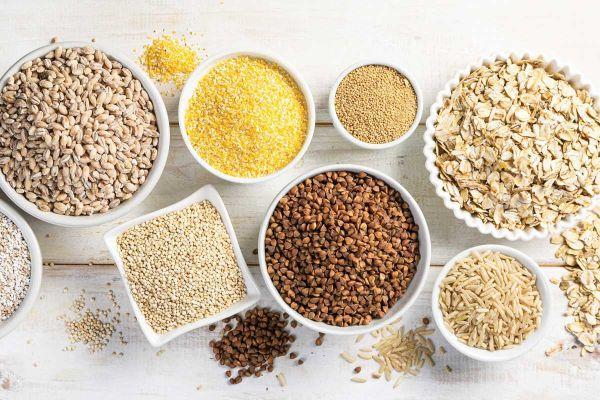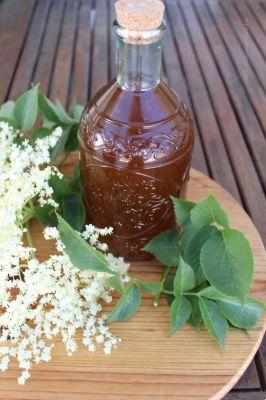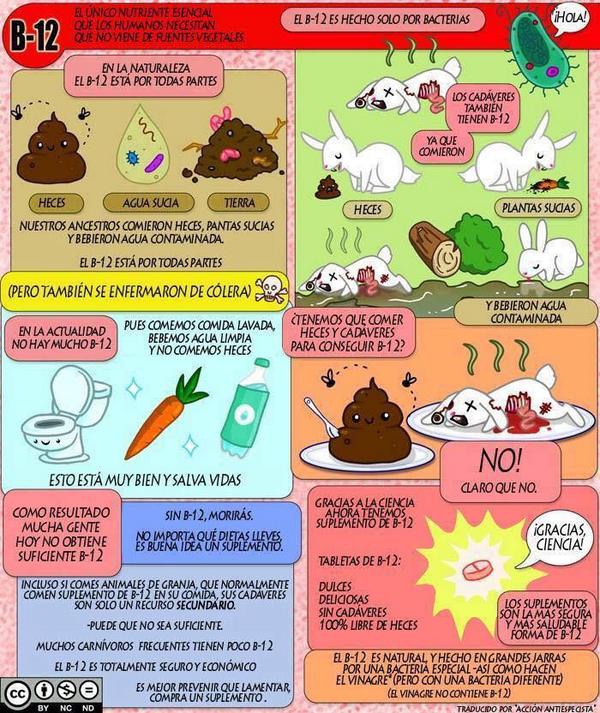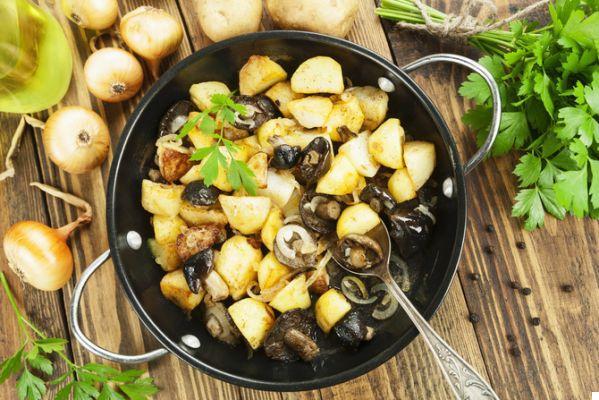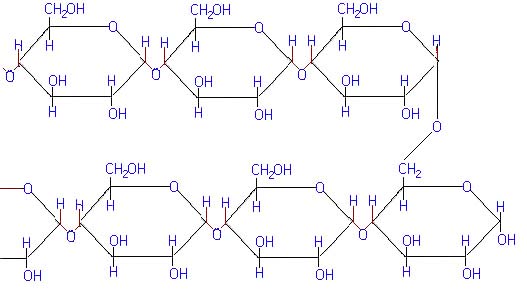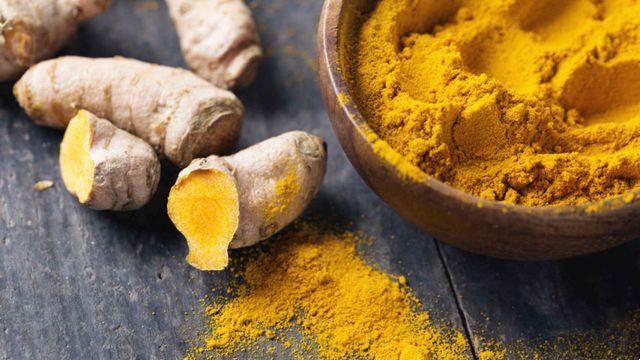
Turmeric is one of the spices best known and most used since ancient times.
Turmeric is a perennial herb with long oval-shaped leaves that can reach over 40 centimeters and yellow spiked inflorescences with white and sometimes purple green bracts.
The phytotherapeutic and food part is the rhizome which is located underground, which is not the root but the underground stem that has changed and once collected, boiled and dried can be transformed into the famous yellow orange powder called "turmeric powder".
Turmeric powder is a spice, also known as "Indian saffron”Due to its similarity with saffron and its uses.
Its typical color, in addition to dyeing many ethnic dishes, is also an excellent natural dye for fabrics.
In India, turmeric has been known for over 5000 years and ancient texts already indicated its food, curative and beneficial uses for the body.
Properties and benefits of turmeric
Turmeric as an antioxidant
Turmeric is a excellent antioxidant thanks above all to the presence of a particular active ingredient, the curcumin. This substance is capable of reduce free radicals and therefore to slow down cellular aging, the first step to counteract the emergence of any abnormalities at the cellular level, including cancer.
Turmeric as an anticancer
Turmeric has in fact been studied for its anticancer properties and this has led to confirm its benefits that contrast 8 different tumors which in fact affect the mouth, prostate, skin, kidneys, breast, liver, colon and lungs.
Turmeric as a healing agent
Another exceptional property of the turmeric is its healing capacity that makes it an excellent first aid remedy in case of sunburn, dermatitis, insect bites and wounds.
In hot and humid countries like India, the homeland of turmeric, it is an excellent remedy because the powder settles well on the wounds and helps the skin healing without the use of liquids or protections that often lead to infect the wound with humidity rather than to heal it.
Turmeric as an immunostimulant and anti-flu
Long known as basic remedy for flu and joint pain, sees these effects from being anti-inflammatory, analgesic and pain-relieving.
Turmeric is used as natural antibiotic (antibacterial and antihistamine) ed is one immunostimulating, that is, it helps to strengthen the immune defenses. It also has great purifying power which helps to remove toxins from the body in both acute and chronic states of illness.
Turmeric as a digestive
Turmeric has choleretic and cholagogue properties therefore it is capable of improve bile production and bowel flow. This allows both intestine and stomach to function for better overall digestion.
It also becomes a help against bloating and slow digestion. Turmeric is ultimately useful for reduce cholesterol always thanks to these properties that act to improve the digestion of fats in circulation.
Turmeric in Ayurvedic medicine and Western medicine
How and when to take turmeric
Turmeric is purchased directly as a powdered spice or you can find it as food supplement in herbal medicine or other specialized shops.
The recommended dose for the powder is 2 teaspoons a day to add to dishes. Usually spices are put at the end of cooking to preserve the flavor and the properties of the plant itself.
In the kitchen, even natural, it can be added to soups, creams, sauces, yoghurt or fresh cheeses also of vegetable origin such as tofu.
Preparation as a hot drink with just turmeric or combined with other spices and herbs is an excellent herbal tea which brings its multiple benefits to the body.
We always remember that even if turmeric is a food, a natural spice, attention must be paid to do not overdo the dosage and not to abuse this aroma: any food taken every day can lead to discomfort and it is therefore always good to also vary the spices and follow the seasonality of the foods.
Turmeric comes not recommended for those suffering from gallstones as it could overload the kidneys. Even better limit its use during pregnancy and for people with haemophilic disorders.
Try the dandelion and turmeric herbal tea
To learn more:
> All spices and their properties
> Properties and use of turmeric mother tincture
> The properties, use and contraindications of turmeric essential oil
> Turmeric, when to avoid it





